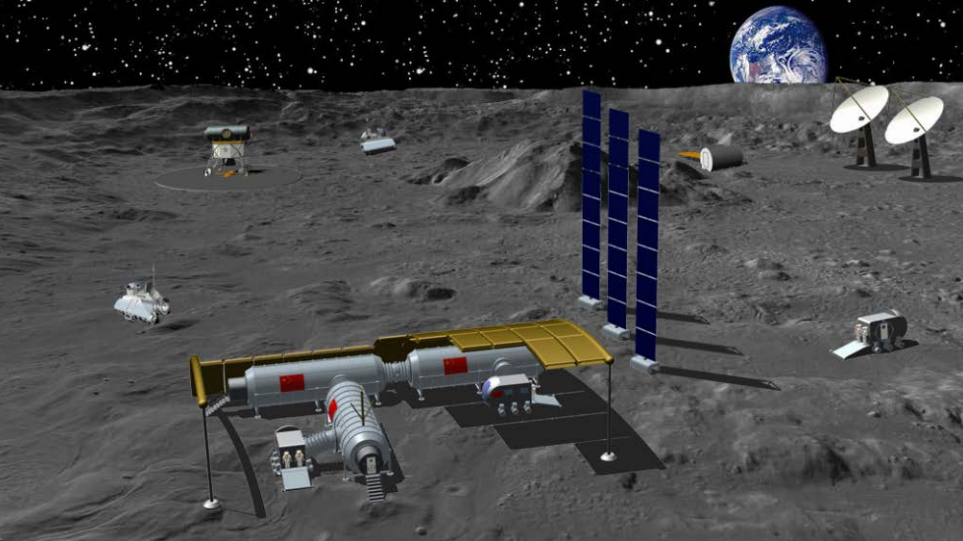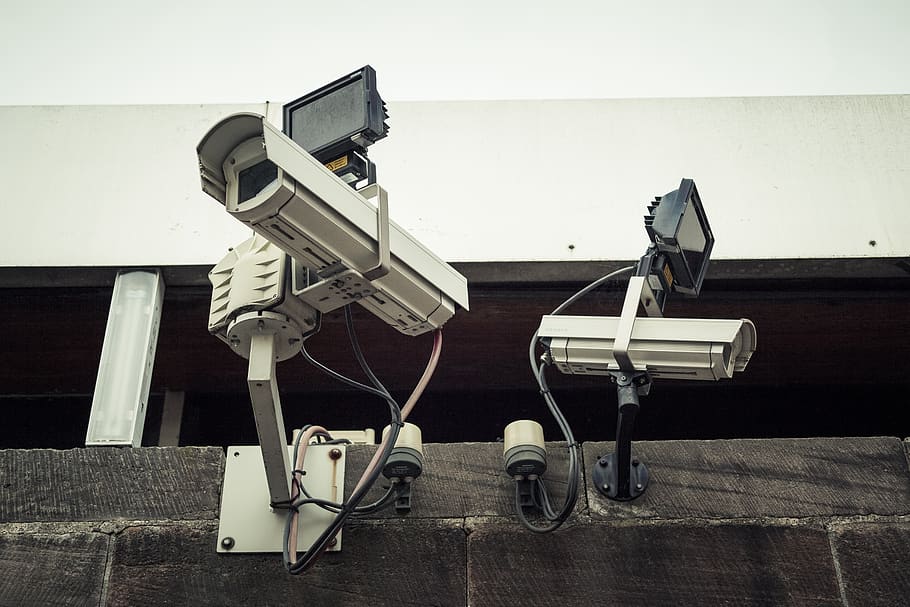China’s ambitions in space exploration are reaching new heights as the nation plans to establish a comprehensive surveillance system on the moon. Drawing on the successes of its massive video surveillance network, Skynet, Beijing aims to ensure the security of its forthcoming lunar base.
China Scores 8 Victories Against US, Japanese Troops; US-Held Wargames Give Decisive Edge To Beijing
The moon surveillance system project, spearheaded by agencies such as the Lunar Exploration and Space Engineering Centre of the China National Space Administration (CNSA), is set to construct and operate an optical surveillance system for China’s lunar research station, reported Hong-Kong-based SCMP.
These agencies, in collaboration with entities like the Chinese Academy of Sciences, the China Aerospace Science and Technology Corporation, and Zhejiang University, are poised to apply the lessons learned from the Skynet project to this lunar endeavor.
Skynet stands as the world’s largest video surveillance network, boasting over 600 million cameras distributed across China.
Leveraging this experience, the nation’s lunar surveillance system will consist of high-performance security cameras equipped with AI-driven chips capable of independently identifying, tracking, and responding to suspicious activity.

These cameras, weighing just 100 grams each, will operate in visible light or infrared zones on the moon’s surface. Upon detection of anomalies, the system will generate alarm signals and initiate appropriate responses, although specific measures were not outlined.
The proposed lunar research station, exceeding a radius of 6 km, will accommodate various facilities, including a command center, power station, communication hub, scientific facilities, and a fleet of robots.
Additionally, it will deploy satellites for remote sensing, navigation, and communication purposes. Chinese researchers suggest that for sustained stability and safety, continuous surveillance, potentially encompassing a full 360-degree perspective, of crucial areas will be essential.
The system may provide high-definition live streams of significant events, such as spacecraft arrivals and departures, enhance operational efficiency, and assert China’s prominence in space exploration.
However, challenges lie ahead, particularly in managing the vast amount of data generated by the surveillance cameras. Chinese scientists and engineers, according to the report, are relying on their experience with the terrestrial Skynet project to develop efficient data transmission and processing technologies under constrained bandwidth conditions.
Moreover, deploying Skynet on the moon presents significant challenges. According to CNSA guidelines, lunar surveillance cameras need to be present for at least a decade in space, enduring intense radiation and extreme temperature swings from over 100 degrees Celsius during lunar days to minus-180 Celsius during nights.
These compact cameras must handle various tasks, from capturing distant and wide-angle views to self-adjusting and operating autonomously in case of lost communication with Earth.
What Is China’s Skynet Project?
China’s Skynet Project, hailed by state media as “the eyes that safeguard China”, stands as the country’s powerful national surveillance system, with over 600 million cameras strategically deployed in public spaces nationwide.
The literal translation of its Chinese name, “Tianwang,” aligns with an idiom emphasizing the perpetual pursuit of justice.
Chinese authorities assert that the Skynet system serves the noble purpose of ensuring public safety. Media outlets and local governments frequently highlight its efficacy, supported by instances such as a 2017 demonstration in which it took a mere 7 minutes for police to locate a BBC journalist who attempted to evade capture after having his mugshot taken.
Critics argue that Skynet encroaches upon human rights and privacy. International activists and journalists express ongoing concerns that the Communist Party may exploit the system to target dissidents.
Bloomberg’s 2018 report on a facial recognition system in a Muslim-majority village, part of the “Xue Liang” campaign extending Skynet, fueled worries as it alerted authorities when individuals moved beyond designated “safe areas.”

Despite these controversies, the Chinese government persists in investing in the Skynet project. Now, it appears that China aims to gain a competitive edge in the lunar race by establishing a comprehensive surveillance system.
In the ongoing new moon race, both China and the United States have outlined plans for international bases on the moon’s south pole, serving as pivotal points for future lunar exploration efforts with a call for global participation.
Both nations seek to harness the potential mineral and energy resources on the moon to secure resource reserves for the sustainable development of human society.
If Beijing successfully deploys a Skynet-inspired surveillance network on the moon, it could pose a significant threat to the United States. American officials have raised alarms, expressing concerns that China might surpass the USA in the ongoing space race in the coming decades.
- Contact the author at ashishmichel(at)gmail.com
- Follow EurAsian Times on Google News




